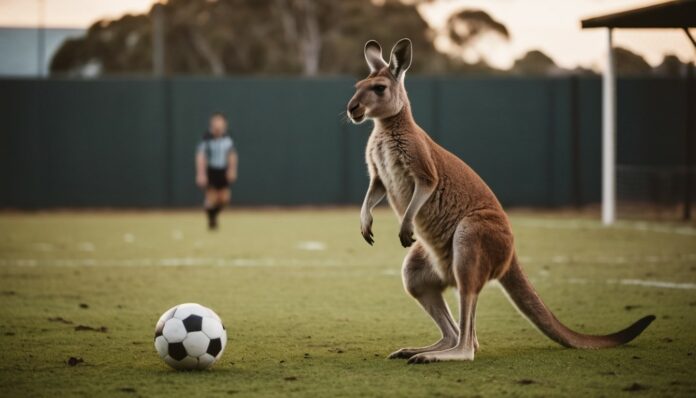Kangaroos are large marsupials native to Australia, known for their powerful hind legs, long feet, and unique mode of locomotion—hopping. They belong to the family Macropodidae, which means “big foot,” and are iconic symbols of Australian wildlife.
Why are They Called Kangaroos?
The name “kangaroo” comes from the Guugu Yimithirr word “gangurru,” used by Indigenous Australians in the northern part of Queensland to describe a large black or grey kangaroo. Early European explorers adopted this name, and it has been used ever since.
Interesting Facts About Kangaroos
1. Unique Reproduction
Kangaroos give birth to tiny, underdeveloped joeys that crawl into their mother’s pouch immediately after birth. The pouch provides warmth and nourishment while the joey continues to grow and develop.
2. Powerful Legs and Tail
Kangaroos have incredibly strong hind legs and a muscular tail. Their legs are adapted for jumping, and they can travel at speeds of up to 35 miles per hour. The tail is used for balance and as a support when sitting.
3. Herbivorous Diet
Kangaroos are herbivores, primarily feeding on grasses and leaves. They have a specialized digestive system that allows them to extract nutrients efficiently from fibrous plant material.
4. Water Conservation
Kangaroos are adapted to survive in arid environments. They can go for long periods without drinking water, obtaining moisture from the plants they eat.
5. Varied Sizes and Species
There are four main species of kangaroos: the red kangaroo, eastern grey kangaroo, western grey kangaroo, and antilopine kangaroo. The red kangaroo is the largest, with males standing over 6 feet tall.
6. Lifespan and Growth
Kangaroos can live up to 20 years in the wild. Joeys remain in the pouch for about six months and continue to suckle for another six months while gradually spending more time outside the pouch.
7. Largest Kangaroo
The largest kangaroo on record is the red kangaroo (Macropus rufus). Males can reach heights of up to 2 meters (6.6 feet) and weigh as much as 90 kilograms (198 pounds). They are the largest marsupials alive today.
8. Smallest Kangaroo
The smallest kangaroo is the musky rat-kangaroo (Hypsiprymnodon moschatus). It weighs only about 0.5 to 0.8 kilograms (1.1 to 1.8 pounds) and measures around 23 to 34 centimeters (9 to 13 inches) in length. This tiny kangaroo lives in the rainforests of northeastern Australia and is known for its musky scent.
9. Adaptations to Heat
Kangaroos have adapted to the hot Australian climate. They lick their forearms to cool down, where blood vessels are close to the surface, allowing heat to dissipate more effectively.
10. Unique Locomotion
Unlike most animals, kangaroos cannot walk backward due to their large, muscular tail and strong hind legs. This unique feature is part of what makes their movement so distinctive.
11. Night and Day Activity
Kangaroos are primarily crepuscular, meaning they are most active during dawn and dusk. This helps them avoid the heat of the day and predators that are more active at night.
